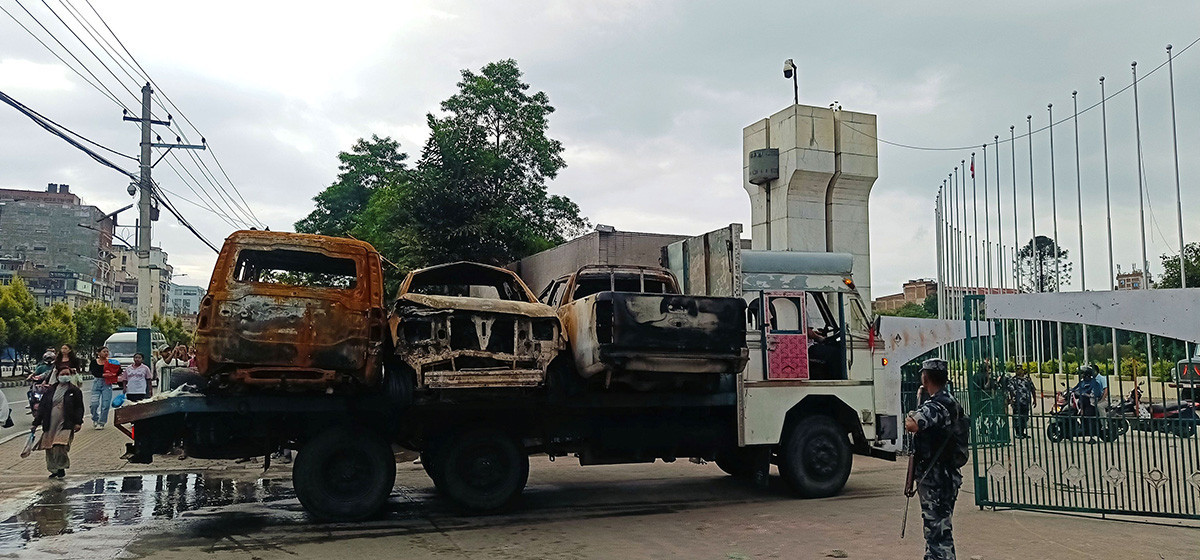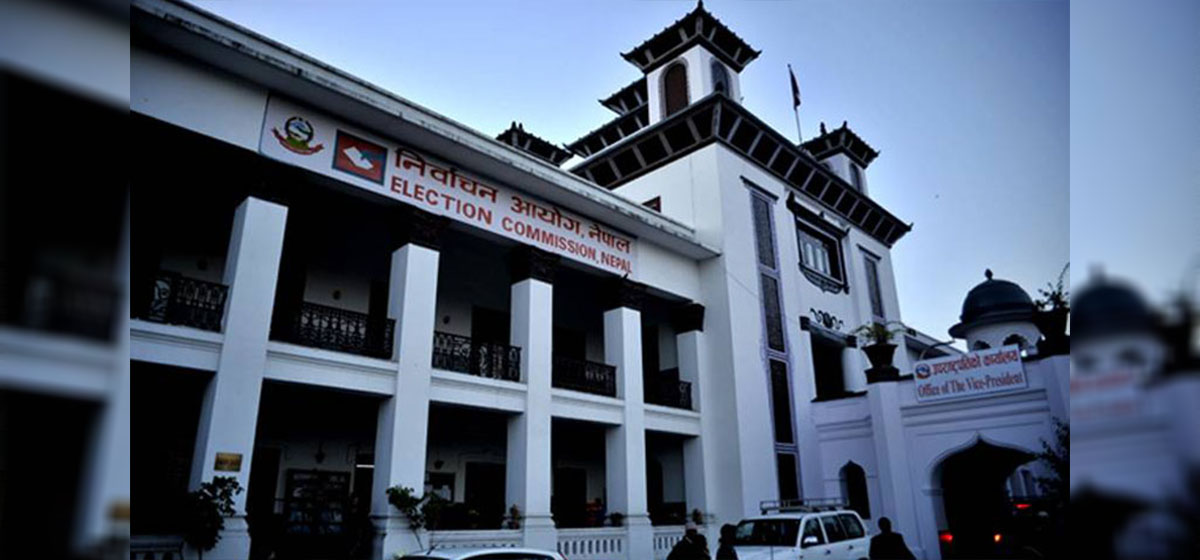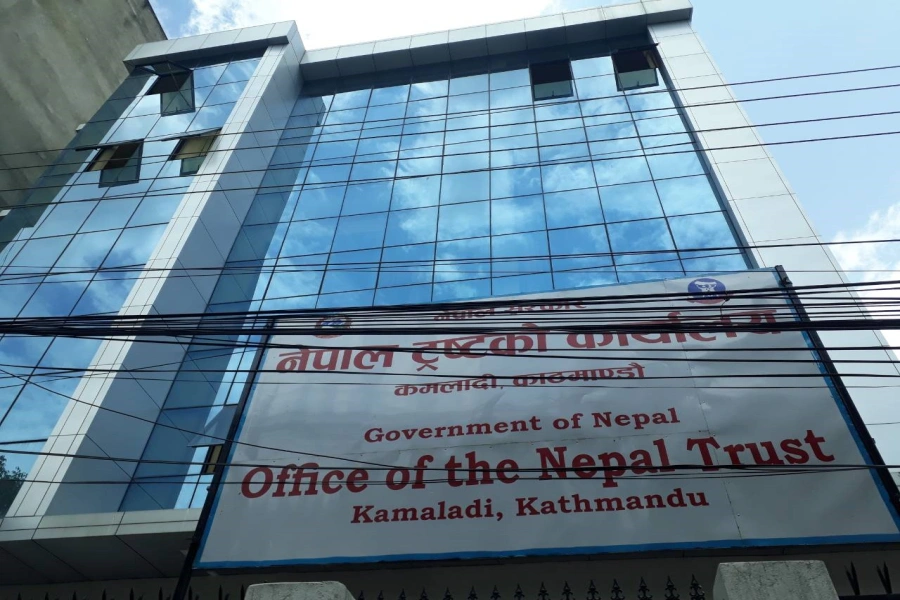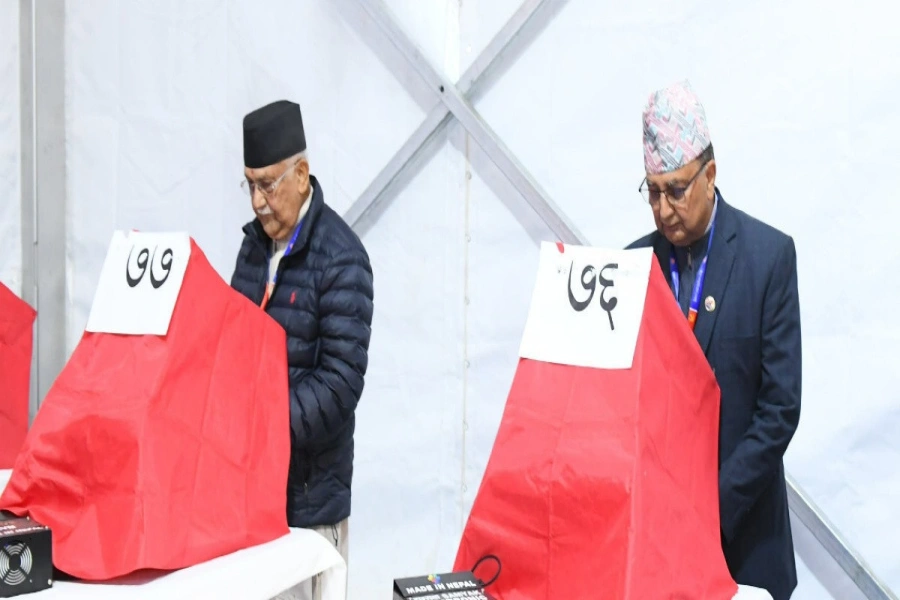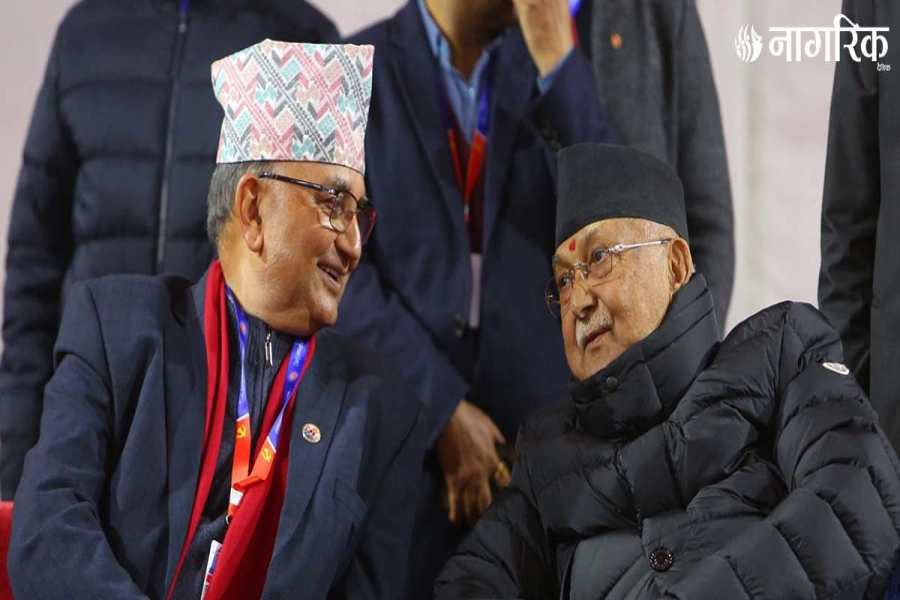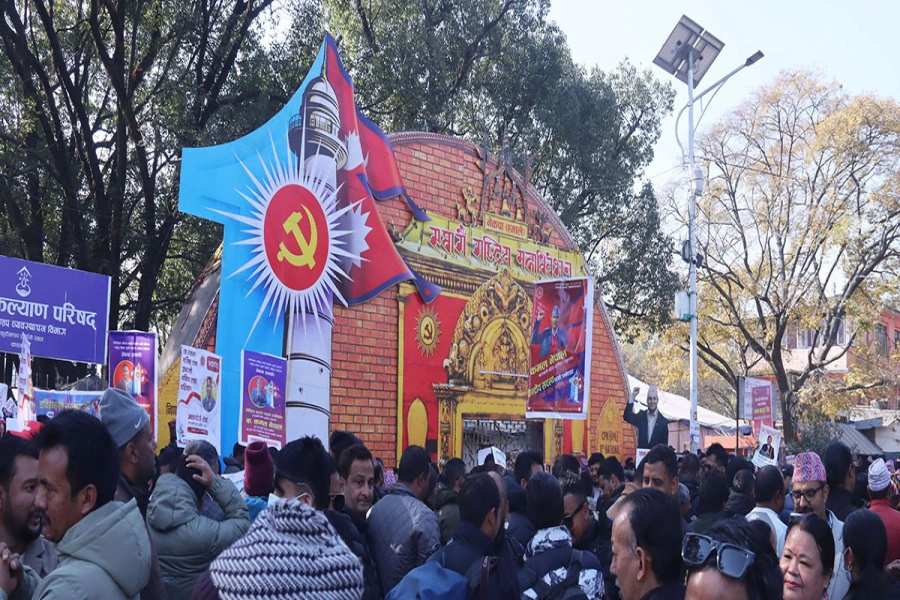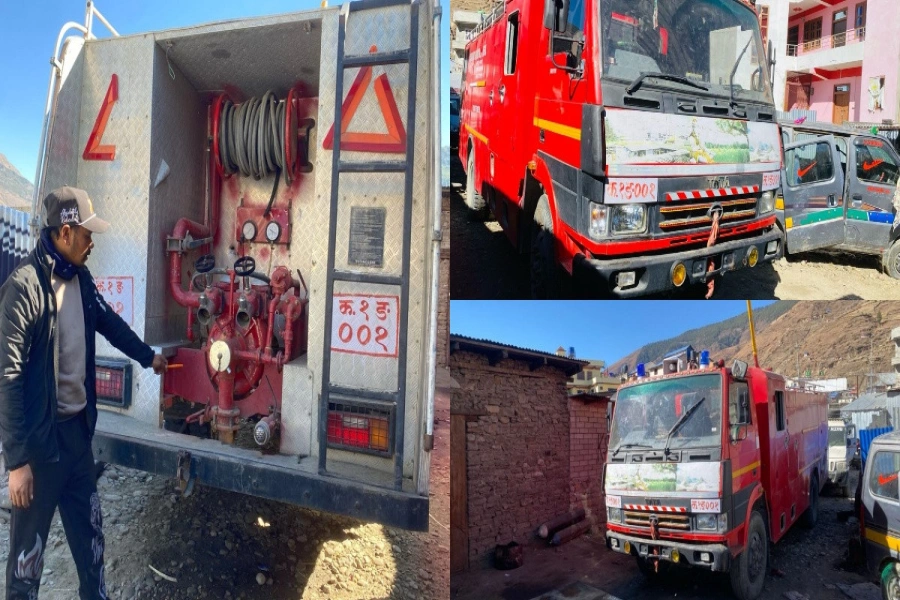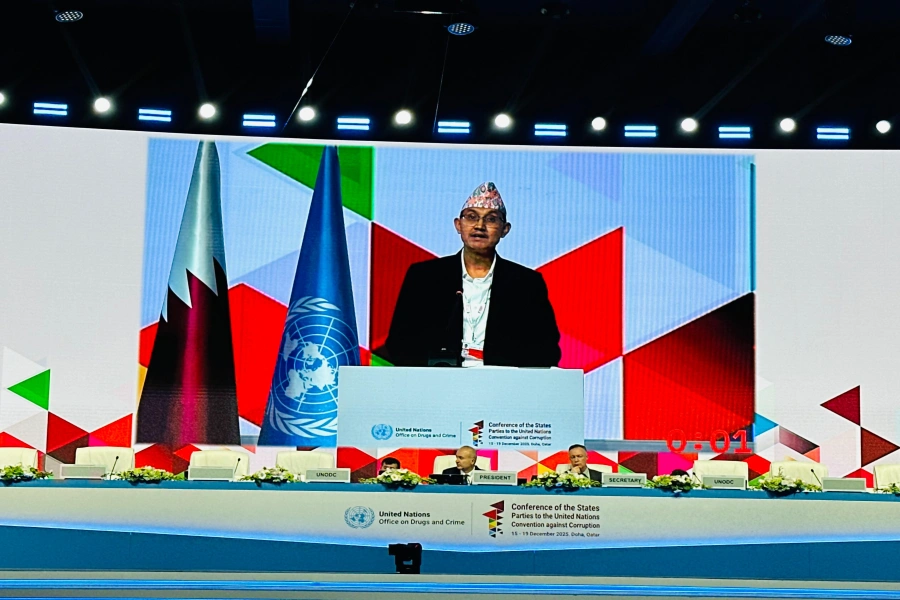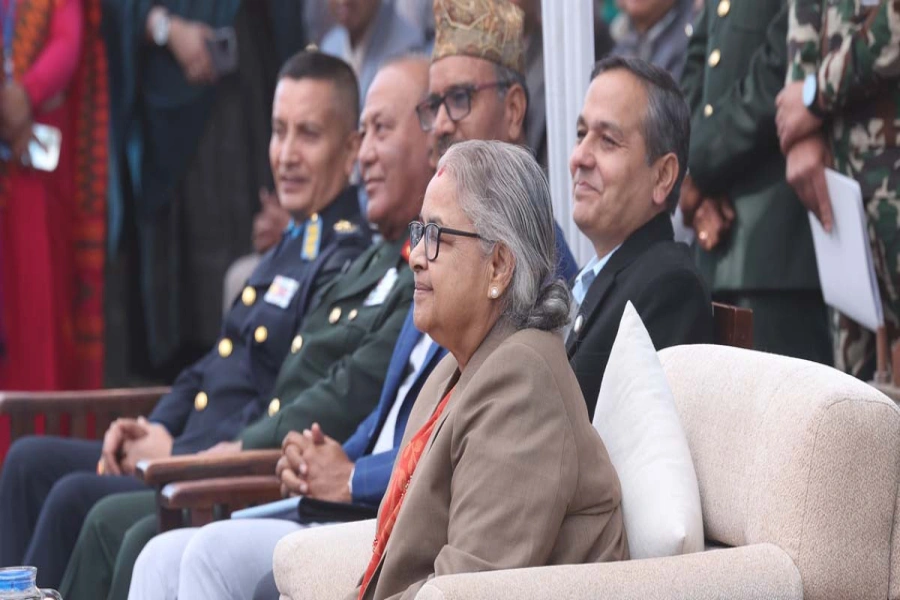FPTP votes are basically driven by personality of the candidates, PR votes by party ideology.
Nepali voters were used to casting votes under simple, winner-takes-all, first-past-the-post (FPTP) voting system. However, the need to address the agenda of social justice and inclusion, raised during Jana Andolan II in 2006, led to adoption of a mixed electoral system, comprising proportional representation (PR) system and first-past-the-post (FPTP). As per IDEA International electoral system database, out of 217 countries in the world, only 29 countries (13.49 percent), nearly one-third of them from Asia, have adopted mixed electoral system.
In the Constituent Assembly elections of 2008 and 2013, out of total 601 seats, 240 (40 percent) were allocated to FPTP system, 335 seats (56 percent) to PR system and remaining 26 seats (four percent) were nominated by the cabinet. In the recent elections, out of total 275 seats, 165 seats (60 percent) have been allocated to FPTP system and 110 seats (40 percent) reserved for PR system. Cabinet nominations have been dropped. This reduction in PR seats—from 56 percent to 40 percent—reflects erosion of bargaining power of Janajatis, Tarai Madhesis and other minority groups. In a dynamic political context, the share of PR and FPTP seats may change.
Though our mixed system has been reduced to a mixed-up system—if you contest FPTP with “votes” you contest PR with “notes.” However, a careful watch on these two systems provides an important insight into political behavior. This is important when political parties enter into electoral alliances. The availability of two systems provides cross-checking on the reliability of voting behavior.
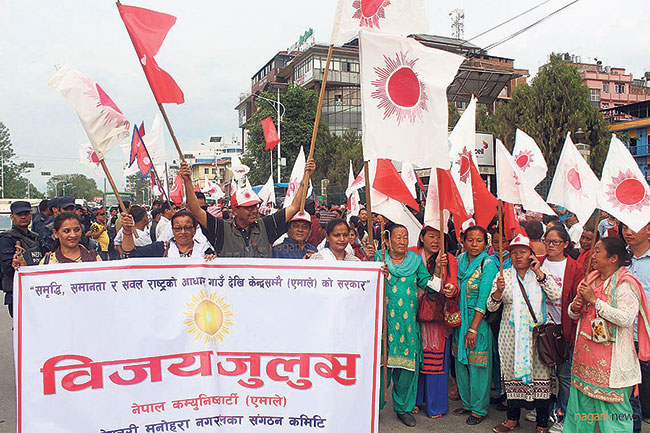
How people vote
SEE results vibe!

When one casts a vote to a specific candidate from a specific party in FPTP system, the vote is basically driven by the personality of the candidate. On the contrary, in PR system, it is driven by party ideology. In FPTP system, candidates can enter into electoral alliances. This is not possible with PR system.
We have seen quite a paradox with our mixed electoral system in the past. In 2008 elections, the Maoist party, which advocated for PR system, had a taste of its own medicine, when it secured simple majority under FPTP but failed to produce simple majority under PR system. Nepali Congress got a similar backlash in the recent elections. It has been advocating for FPTP system but its face is totally saved by the presence of PR system. Imagine the situation of NC today if there was no PR system.
The table alongside presents the total number of votes secured by three big political parties—Nepali Congress, CPN-UML and the Maoist Centre—together with some other relevant information like total number of contesting political parties and candidates, number of registered voters, voter turnout and total number of votes cast under FPTP and PR systems.
Analyzing the data
Let us first read the bottom row. It presents total number of votes cast under FPTP and PR system during three elections. Discrepancies can be observed between FPTP and PR votes. In 2008 and 2013, there were more PR votes than FPTP. In 2017, the situation is opposite. The discrepancy is primarily due to invalid votes. More invalid votes under PR system than under FPTP system is due to complicated PR ballot paper—a single ballot paper designed to cast PR votes for provincial and parliamentary elections.
The three big political parties account for 70-80 percent of total votes casted under both systems. Therefore, analysis of votes secured by three parties will help explain voting behavior. This is not to imply that smaller parties are not important. Inclusion of all political parties, together with constituencies and provinces, provides a granular analysis of electoral data.
From the table it can be seen that except for Maoist party, both Nepali Congress and CPN-UML have increased their share of FPTP and PR votes. In spite of poor performance in securing FPTP seats, NC secured highest number of FPTP votes—3.59 million in total. Maoist party clearly is on decline. They are rapidly losing their popularity—which is reflected in shrinkage in total votes both in FPTP and PR systems. In 2008, they secured 3.1 million votes in both systems. Now it is 1.5 million in FPTP and 1.3 million in PR in 2017. Within a decade, the roaring Maoist tiger seems to have been reduced to a meowing cat.
In 2017, CPN-UML secured more PR than FPTP votes. This implies the popularity of CPN-UML ideology. However, the difference of 94,000 could be insignificant given the total size of the voters. Moreover, electoral alliance between CPN-UML and the Maoist Centre could have helped to drift some FPTP votes from CPN-UML to Maoist Centre and vice versa. The net difference must have gone in favor of Maoist Centre.
Popular Congress
So what does the difference between FPTP and PR votes mean for Nepali Congress? Does this mean Congress ideology is in decline? I suppose not. Given the fact that a large number of NC candidates lost FPTP elections (personality driven votes) NC should have come ahead in PR vote counts. NC did enter into electoral alliance with some smaller political parties like RPP and RPP (Democratic), but given the fact that such alliances were made for a smaller number of constituencies, this did not help to increase (or decrease) NC’s FPTP votes substantially. The other plausible explanation could be NC filing of large number of candidates in FPTP elections. Out of 165 constituencies, NC contested in 154 while CPN-UML contested 103 and Maoist Centre in 59 constituencies.
Down, not out
Though not mentioned in the above table, there are some interesting observations about smaller parties. Let’s look into Bibeksheel Sajha Party. The party secured 96,000 FPTP votes while it got 212,000 PR votes. The implied meaning here is that the party is ideologically popular than its leaders among Nepali voters. RPP and RPP (Democratic)—both conservative pro-monarchist parties—exhibit an interesting phenomenon. Kamal Thapa’s RPP secured more PR votes than FPTP votes (197 vs. 118 thousand) while it is another way round for Pashupati Shumser Rana’s RPP (D) (124 vs. 86 thousands). If they had stayed united, they could have gained considerably more votes.
Madhes based Rastriya Janata Party Nepal (RJPN), Nepal Majadur Kisan Party (NMKP) and Rastriya Janamorcha (RJM) secured almost a similar number of votes under both systems with a small tilt towards PR systems. Should we say ideology and personality are at equal work in smaller parties? It is also interesting to watch how RJP and Sanghiya Samajwadi Forum (SSF) were neck-to-neck in PR vote counts and ended up securing almost equal votes, 472, 0000 and 470, 0000.




